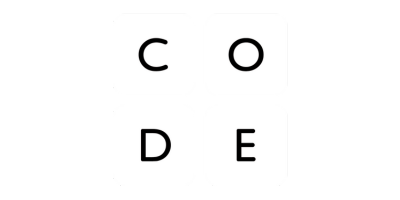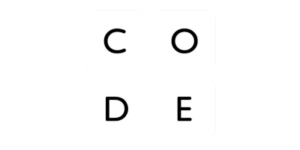| Level | Learning Outcome |
| Remember | CS.1 – Identify various types of hardware (including components) and software (including operating systems) |
| CS.2 – List security practices (e.g., safe passwords, two-factor authentication) | |
| Understand | CS.3 – Explain what networks (including the Internet) are and how they work |
| CS.4 – Explain how an operating system, other software, and hardware work together | |
| CS.5 – Describe why cybersecurity is important | |
| Apply | CS.6 – Optimize operating systems and other software settings to achieve goals |
| CS.7 – Apply knowledge of the structure and function of various technologies (e.g., sensors, global positioning system (GPS), embedded/IoT, phones/tablets, medical devices, VR, robotics) to their use (e.g., explain why GPS can be used without Internet access) | |
| CS.8 – Use documentation and other resources to guide tasks such as installation and troubleshooting | |
| CS.9 – Apply principles of inclusive collaboration to a project involving computing systems and/or securityIC | |
| Analyze | CS.10 – Describe vulnerabilities in networks |
| CS.11 – Analyze a problem to determine appropriate troubleshooting strategies | |
| CS.12 – Use computational thinking principles to analyze a computing systemCT (e.g., automate a security assessment) | |
| Evaluate | CS.13 – Assess societal impacts of networks and related ethical issues (e.g., digital divide)IE |
| Create | CS.14 – Design projects that combine hardware and software that collect and exchange data |
| CS.15 – Design a computing system or security protocol using principles of human-centered designHCD |
In the topic area tables, we use a system of superscripts to indicate which Pillars relate to which learning outcome:
| Impacts and Ethics | Inclusive Collaboration | Computational Thinking | Human-Centered Design | Dispositions |
|
|
|
|
|
This project is supported by the National Science Foundation (NSF) under Grant No. 2311746. Any opinions, findings, and conclusions or recommendations expressed in this material are those of the author(s) and do not necessarily reflect the views of the NSF.













